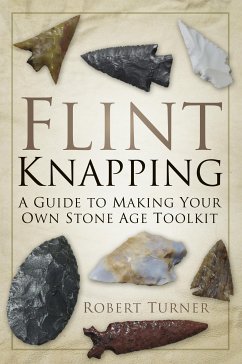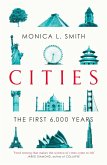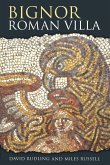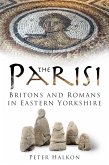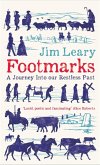Flint knapping was one of the primary skills for survival for our prehistoric ancestors. This highly original guide will enable the reader, with practice, to manufacture their own Stone Age tool kit. The expert author guides the reader on a journey of discovery, passing on ancient knowledge of how flint tools from the Palaeolithic, Mesolithic, Neolithic and Bronze age were made and used.
Dieser Download kann aus rechtlichen Gründen nur mit Rechnungsadresse in A, B, BG, CY, CZ, D, DK, EW, E, FIN, F, GR, H, IRL, I, LT, L, LR, M, NL, PL, P, R, S, SLO, SK ausgeliefert werden.
Hinweis: Dieser Artikel kann nur an eine deutsche Lieferadresse ausgeliefert werden.

